Understanding Diecast Conversions
Diecast conversions represent a captivating realm within the world of scale modeling, where enthusiasts transform pre-made diecast model cars into unique, personalized creations. This involves modifying the original factory-produced models, enhancing their detail, altering their appearance, and sometimes even completely changing their function or purpose. These conversions can range from simple upgrades like adding custom wheels and paint jobs to more complex projects involving engine swaps, interior detailing, and the creation of intricate dioramas. The appeal of diecast conversions lies in the opportunity for creativity, craftsmanship, and the satisfaction of owning a one-of-a-kind model car that reflects the individual’s passion and vision. Moreover, it allows modelers to explore various techniques, from painting and weathering to scratch-building and electronics, fostering a dynamic and engaging hobby.
What are Diecast Conversions
Diecast conversions involve taking a commercially available diecast model car and modifying it in various ways. This can include anything from simple cosmetic changes like repainting or adding decals to more involved modifications such as replacing the engine, altering the interior, or changing the wheels and tires. The goal is to personalize the model, improve its accuracy, or create a unique piece that stands out from the original factory version. Conversions can be as simple or complex as the modeler desires, limited only by their skill, time, and resources. Diecast conversions provide a canvas for creativity, allowing hobbyists to express their artistic talents and technical abilities. These projects not only enhance the aesthetic appeal of the models but also offer a rewarding sense of accomplishment for the creators.
Why Convert Diecast Models
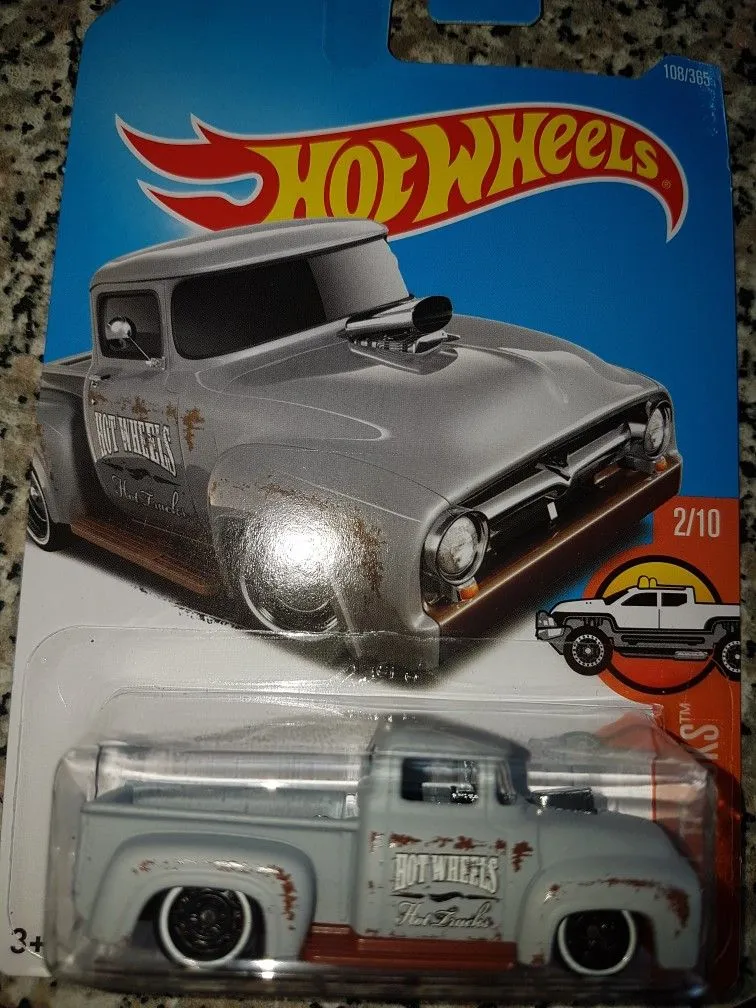
There are numerous reasons why enthusiasts engage in diecast conversions. Firstly, it offers a high degree of personalization. By modifying a model, the creator can ensure that it reflects their individual tastes, preferences, or a particular vision. Secondly, it’s a fantastic way to improve the accuracy of a model. Many factory-produced diecast models have inaccuracies or simplifications for cost reasons, and conversions allow modelers to correct these flaws. Thirdly, conversions provide an opportunity to showcase creativity and craftsmanship. Diecast conversion projects often involve a variety of skills, from painting and detailing to scratch-building and electronics, enabling modelers to hone their abilities and explore new techniques. Ultimately, converting diecast models is a way to transform a mass-produced item into a unique and valuable piece, reflecting the modeler’s passion and skill.
Essential Tools and Materials
Required Tools for Diecast Conversions
A successful diecast conversion project requires a selection of specialized tools. Precision screwdrivers in various sizes and shapes are essential for disassembling and reassembling the model. Hobby knives and X-Acto blades are necessary for trimming, cutting, and detailing. A pin vise is crucial for drilling small holes, while files and sanding sticks help in smoothing surfaces and refining details. Tweezers and pliers are useful for manipulating small parts. Additionally, a cutting mat protects the work surface, and a well-lit workspace is vital for detailed work. These tools form the foundation for any conversion project, enabling modelers to perform intricate tasks with precision and control. Investing in quality tools will significantly improve the outcome of the conversion and enhance the overall enjoyment of the process.
Necessary Materials for Diecast Conversions
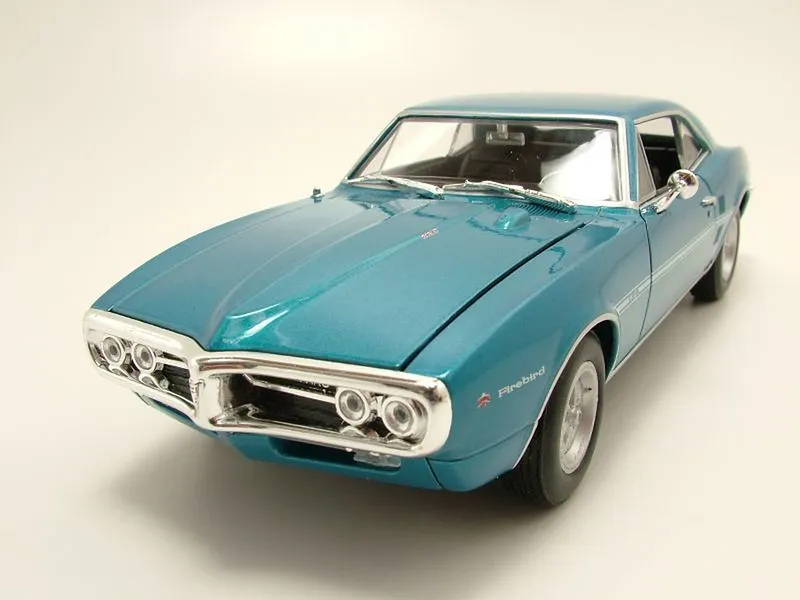
Besides tools, the right materials are essential. Acrylic paints and thinners are used for painting and detailing. Various grades of sandpaper are needed for surface preparation and smoothing. Epoxy or super glue are used for assembling parts, while putty or filler can correct imperfections. Decals and photo-etched parts add fine details. Clear coat finishes protect the paint and enhance the model’s appearance. Additionally, various accessories like custom wheels, tires, engine parts, and interior components can be sourced from specialist suppliers. The selection of materials will depend on the specific conversion being undertaken, but having a variety of options ensures flexibility and the ability to tackle different aspects of the project. Choosing high-quality materials is key to achieving a professional-looking finish.
Step-by-Step Guide to Diecast Conversions
Disassembly of the Diecast Model
The first step is carefully disassembling the diecast model. Start by removing the screws located on the base, which typically hold the chassis to the body. Once the screws are removed, gently separate the body from the chassis. Next, disassemble the interior, carefully removing the seats, dashboard, and other interior components. This process requires precision, patience, and the right tools to avoid damaging the model. It is advisable to take photos of the model before disassembly to serve as a reference during reassembly. Keep all screws and small parts organized, as they are often unique and essential for the final assembly. This initial step lays the groundwork for all subsequent modifications and ensures that the model can be fully customized.
Customization Techniques
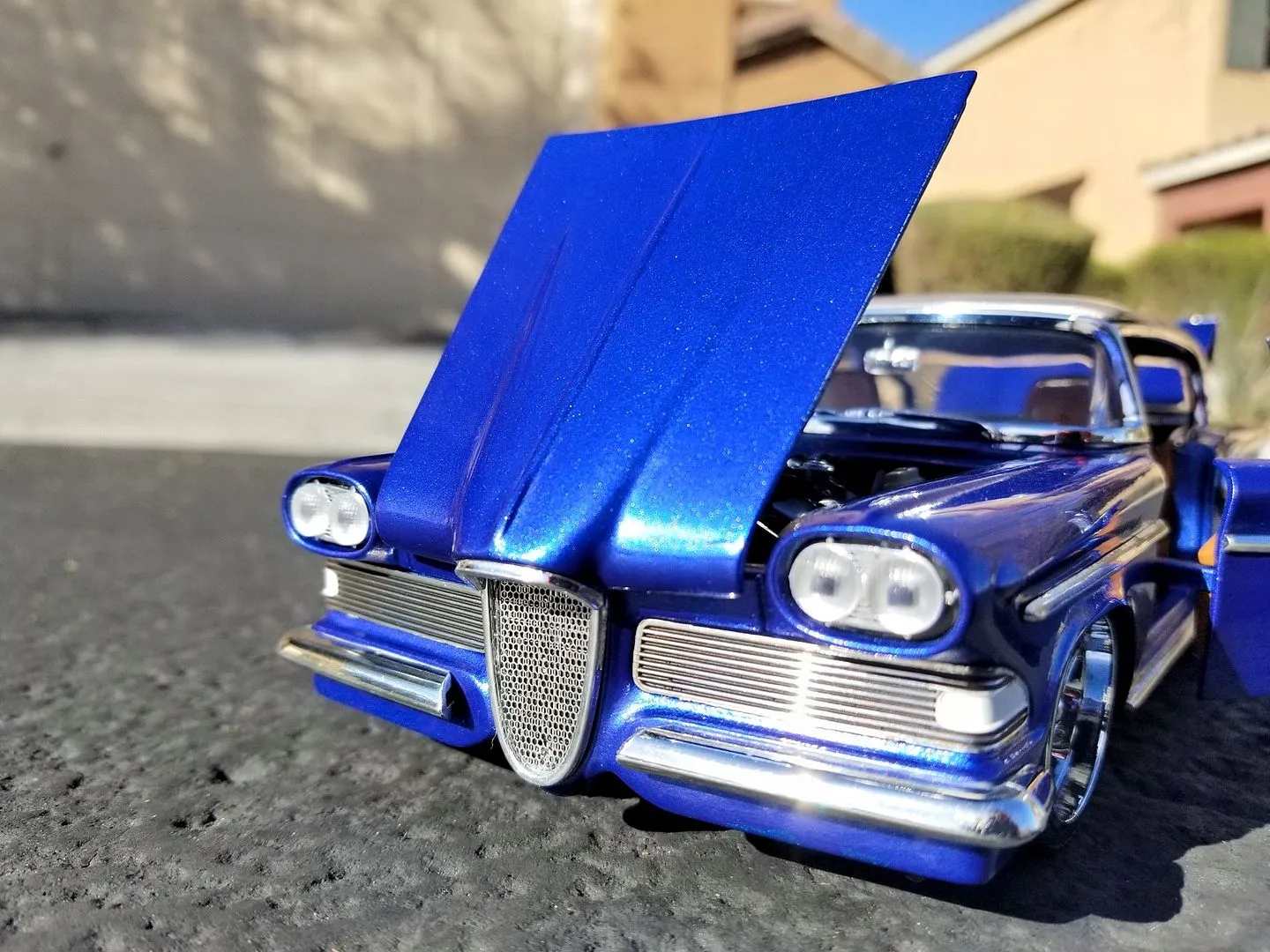
Customization is where the model truly begins to take shape. This includes modifications like adding custom wheels and tires, which can dramatically alter the model’s stance and appearance. Painting the body with custom colors or adding detailed graphics enhances the visual appeal. Additionally, detailing can be achieved using photo-etched parts or scratch-built components. This may involve adding aftermarket parts such as spoilers, side skirts, or other body modifications. The level of customization depends on the modeler’s vision and skill, and it can range from simple cosmetic changes to extensive structural alterations. The key is to bring the model closer to the desired final look, whether it is a replica of a real-life vehicle, a custom show car, or a unique creation.
Reassembly and Detailing
Reassembly is a crucial step, requiring careful attention to detail to ensure everything fits correctly. Start by reassembling the interior components, followed by the chassis. Ensure that all parts align properly and secure them using glue or screws as needed. Detailing involves adding the finishing touches to enhance realism. This can include applying decals, weathering the model to simulate wear and tear, and adding small details like badges, logos, and other features. Clear coats are then applied to protect the paint and add a glossy finish. This final stage brings all the elements together, transforming the modified diecast model into a finished, personalized creation. Reassembly and detailing reflect the modeler’s ability to transform components and refine the look of their models.
Common Conversion Techniques
Modifying Wheels and Tires
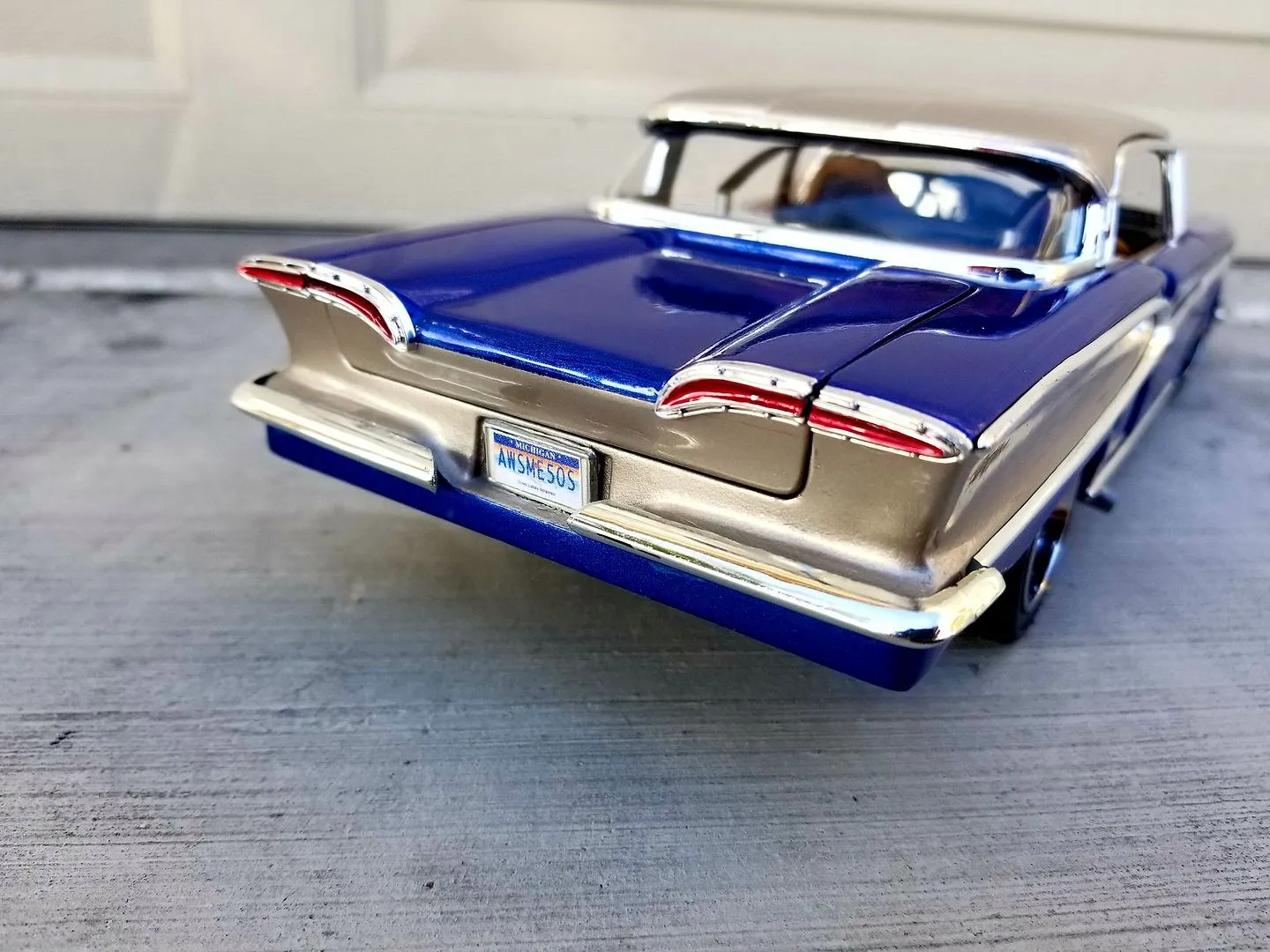
Modifying wheels and tires is a popular way to personalize diecast models. This can involve replacing the stock wheels and tires with aftermarket parts, such as custom rims and low-profile tires. The process often requires removing the existing wheels, which may involve cutting or carefully detaching them from the axles. The new wheels may need to be modified to fit the axles, often requiring drilling, filing, or gluing. Changing the tires also contributes to the overall aesthetic, and the proper tire selection can enhance the vehicle’s appearance. This modification gives the vehicle a more unique and customized look. This technique can drastically alter the stance and overall appearance of the model car, creating a more realistic and visually appealing representation.
Adding Custom Paint Jobs
Adding a custom paint job is a classic conversion technique that allows modelers to express their creativity. The process begins with carefully preparing the surface by sanding and priming the body to ensure the paint adheres properly. The modeler can then apply custom colors using airbrushes or spray cans, taking care to achieve a smooth, even finish. Detailed graphics, stripes, or logos can be added using decals or freehand painting. After the paint has dried, clear coats are applied to protect the paint and give the model a glossy appearance. This technique completely changes the visual appeal of the model, allowing for a wide range of creative expressions, from replicating real-life paint schemes to creating entirely original designs.
Creating Realistic Weathering Effects
Creating realistic weathering effects adds depth and authenticity to diecast models. This involves simulating the effects of wear and tear, such as dirt, dust, rust, and scratches. Various techniques can be employed, including washes, dry brushing, and pigment powders. Washes involve applying thinned paints to crevices and details to simulate shadows and grime. Dry brushing uses a lightly loaded brush to highlight raised areas, creating a sense of wear. Pigment powders are used to simulate dust and rust. Applying these effects adds realism and character, making the model look like a real-world vehicle that has been exposed to the elements. Achieving realistic weathering takes practice, but it dramatically enhances the overall realism of the model.
Advanced Conversion Techniques
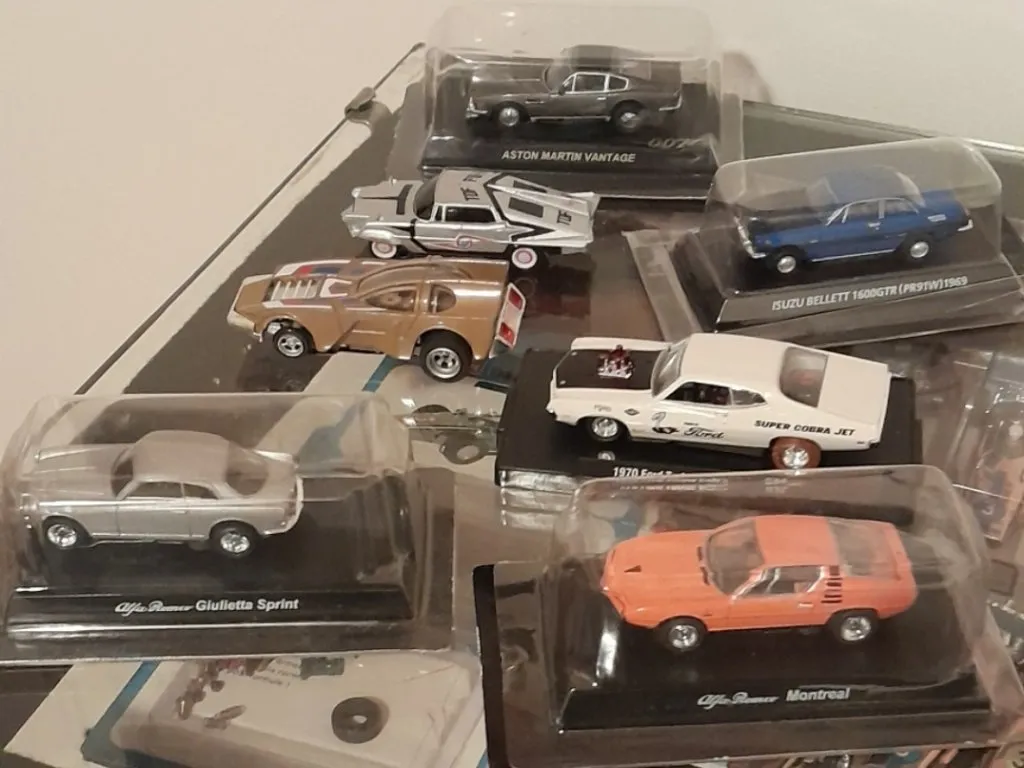
Engine Swaps and Modifications
Engine swaps and modifications represent an advanced level of diecast conversions, where the original engine is replaced with a different one, either from another model or custom-built. This requires significant skill and craftsmanship, including careful measurement, cutting, and fitting. The process involves removing the original engine, modifying the engine bay to accommodate the new engine, and adding details such as wiring, hoses, and belts. Engine modifications may involve adding performance-enhancing components, custom intakes, or exhaust systems. The result is a model with a unique and customized powerplant, greatly enhancing its visual appeal. This level of conversion showcases the modeler’s abilities and attention to detail.
Interior Detailing and Customization
Interior detailing and customization involve enhancing the interior of the diecast model. This could include flocking the dashboard and seats to simulate the look of carpeting, adding custom seatbelts, and detailing the dashboard with gauges, switches, and other features. Modifying the seats, replacing them with aftermarket options, or changing the color scheme further enhances the interior’s appearance. The goal is to create a realistic and detailed interior that complements the exterior modifications. This process often requires precision, patience, and the use of small tools and detailed painting techniques. The final product is a custom interior that significantly elevates the overall look and realism of the model.
Building Dioramas and Display Bases
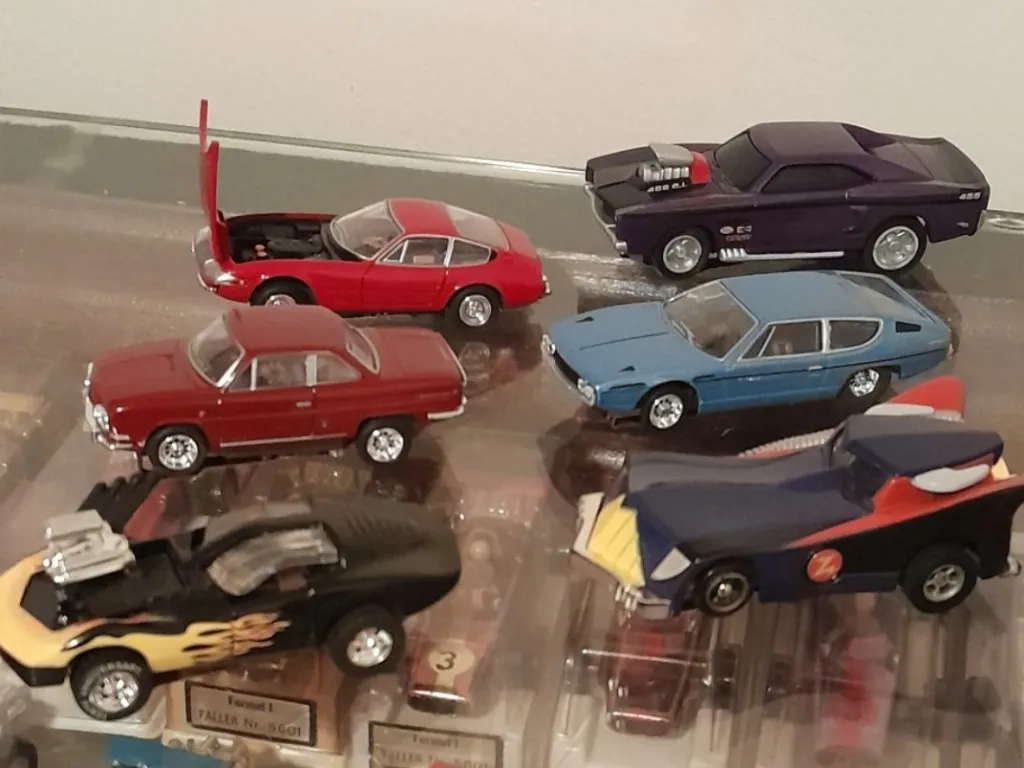
Building dioramas and display bases provides context and storytelling capabilities for the diecast model. Dioramas are miniature scenes that showcase the model in a specific environment, such as a garage, a race track, or a street scene. This involves creating the environment using various materials such as wood, plastic, and scenic materials. The model can be placed within the scene to create a visually compelling display. Constructing a display base provides a platform to showcase the model, with various backgrounds and surroundings. This can include adding lighting, figures, and other details to bring the scene to life. This advanced technique enhances the model’s appeal, transforming it into a miniature work of art that tells a story and captivates the viewer.
Troubleshooting and Tips
Common Challenges and Solutions
Encountering challenges is part of the diecast conversion process. Common issues include difficulty disassembling models without damage, achieving a smooth paint finish, and accurately fitting custom parts. A solution for disassembly is to use the right tools. For paint, practice and using high-quality materials are key. For fitment issues, patience and careful modification, such as sanding or filing, are essential. Thorough preparation, research, and a willingness to learn are the cornerstones of successful conversions. Troubleshooting and learning from mistakes are integral aspects of the hobby. Having a plan, taking your time, and seeking help from online communities when needed can resolve most conversion problems.
Tips for Beginners
For beginners, start with simpler projects before attempting complex conversions. Begin with modifications like adding custom wheels, or repainting a model, to practice skills before undertaking major overhauls. Gather the necessary tools and materials before starting, and always work in a well-lit and ventilated area. Take your time and don’t rush the process. Research techniques and seek guidance from online tutorials or forums. Always take photos of the model before disassembly to serve as a reference during reassembly. Patience and practice are crucial, so don’t be discouraged by initial challenges. Most importantly, have fun and enjoy the creative process of bringing your vision to life, one step at a time.
Resources and Community
Where to Find Conversion Resources
The internet is a treasure trove of resources for diecast conversion enthusiasts. YouTube channels offer tutorials on various techniques, from basic disassembly to advanced detailing. Online forums and communities provide a platform for sharing knowledge, asking questions, and showcasing projects. Specialist hobby shops offer conversion parts, tools, and supplies. Books and magazines dedicated to scale modeling offer detailed guides and inspiration. Model car clubs and shows provide opportunities to connect with other modelers and learn from their experiences. Exploring these resources allows modelers to learn new skills, find solutions to challenges, and connect with a vibrant community of enthusiasts.
Online Communities and Forums
Online communities and forums play a vital role in the diecast conversion hobby. These platforms offer opportunities to share projects, ask for advice, and learn from experienced modelers. Popular forums provide a space to discuss techniques, share tutorials, and display completed conversions. Social media groups offer a more casual environment for sharing progress, asking questions, and connecting with fellow enthusiasts. These communities are invaluable for beginners and experienced modelers, providing a sense of belonging and encouraging creativity. Actively participating in online communities allows modelers to expand their knowledge, refine their skills, and become an integral part of the diecast conversion world.
